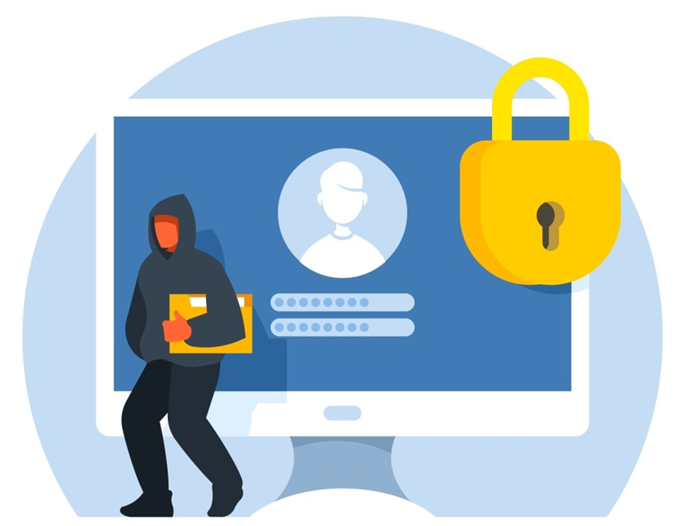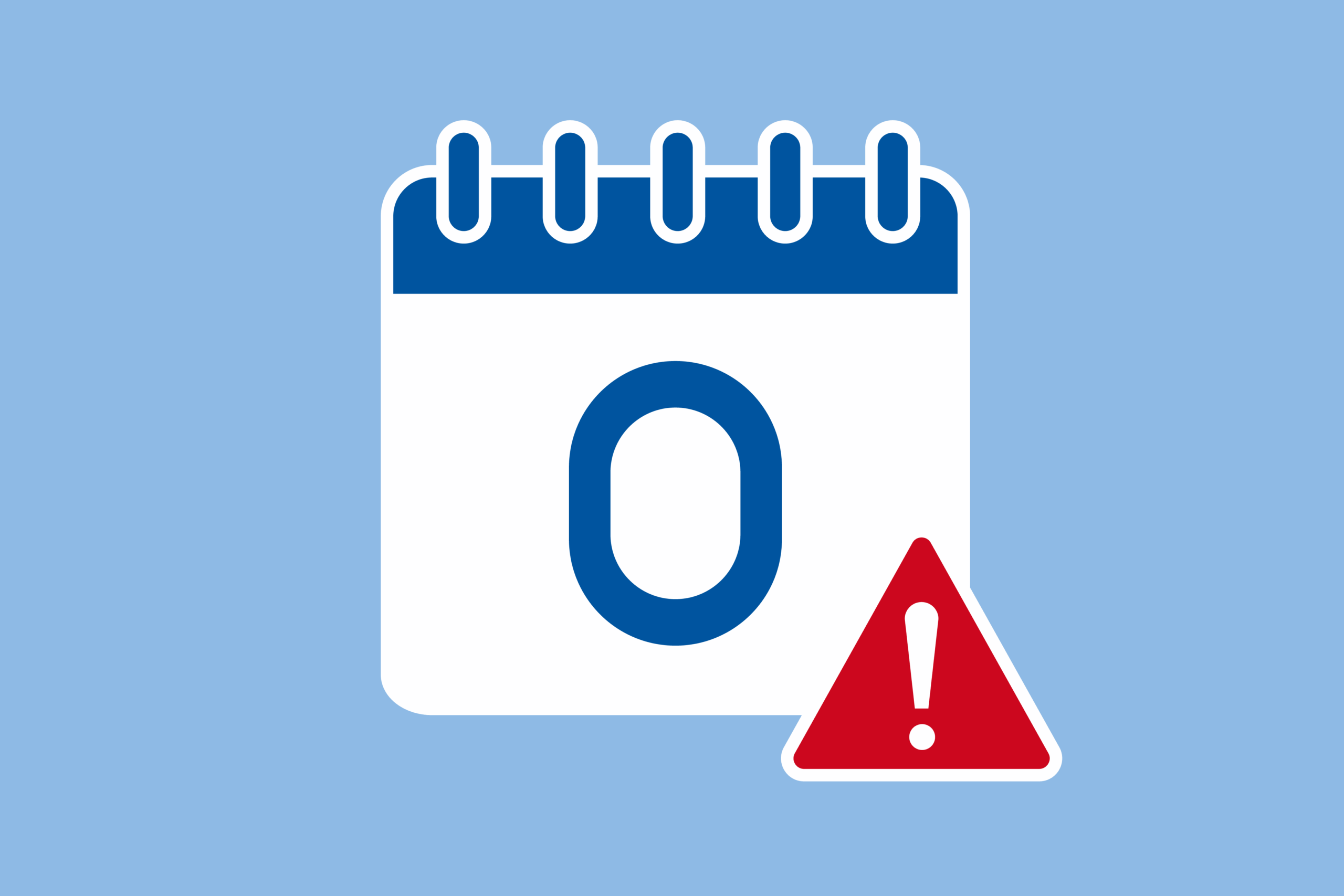Like the real thing, computer viruses replicate themselves, spreading through your operating system and network. At the same time, the virus is wreaking havoc: it can damage programs, delete files, and make devastating changes to your hard drive, all of which can result in reduced performance. Some viruses will even crash your entire system. Viruses can also give their cybercriminal creators a backdoor to destroy or steal your sensitive data and documents.
HOW DO I TELL IF MY COMPUTER HAS A VIRUS?
If you notice any or all these 10 symptoms, your computer might have a virus and you should act:
- Suddenly slow computer performance, meaning it takes a noticeably longer time to start up or open programs
- Problems unexpectedly shutting down or restarting
- Missing files
- Frequent system crashes
- Frequent error messages
- Unexpected pop-up windows
- New applications (like web browser toolbars) that appear without you downloading them
- Overworked hard drive, which you can detect if your device’s internal fan seems to be whirring and working hard when you aren’t doing much
- Emails that send automatically from your accounts without you sending them
- Lagging web browser, or your web browser constantly redirects
Think You Have a Virus? Here’s What You Should Do
1. Run a full-system scan
If you ever suspect your computer has a virus, use antivirus software to run a full-system scan of your device. It is best to set your antivirus program to do this automatically on a regular basis so you can detect any issues before they become emergencies. Review the detected threats and take any action that you can – many antivirus and antimalware programs guide you through this.
2. Restore to an earlier back-up
If you cannot delete the virus or infected files, try restoring your computer to an earlier back-up before you began having problems. Then scan your system again with antivirus software and see if the same issues exist.
3. Delete temporary files
Delete all the temporary files on your computer. How you delete these files is usually easy, but it depends on your operating system (like Windows or macOS). If you search for information for your specific system, you can find detailed information.
4. Go Safe Mode
If you are prevented from deleting files because your computer is malfunctioning, try booting up in “Safe Mode.” Safe mode restricts certain programs so you can work to fix the issue without interruption.
5. Reinstall your operating system
As a final measure to get rid of a computer virus, you can reinstall your device’s operating system (such as Windows or macOS). This can result in the loss of important files or other data. At this point, it is a good idea to take your device into a computer store and seek professional help.
Have questions or need assistance? The BMT team can help ensure your systems are well protected against everyday viruses, contact us today to learn more about our iron-clad security services.






